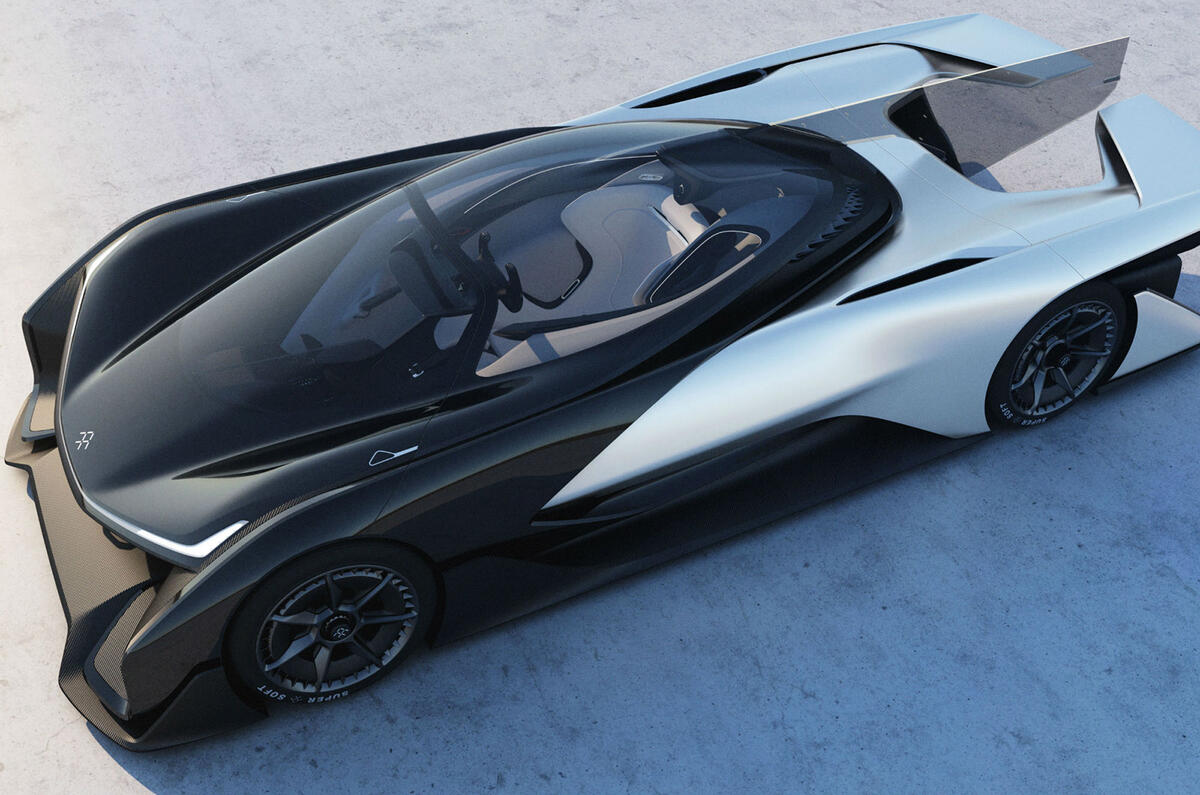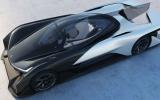Despite comparatively tiny global sales, there’s hardly a shortage of new electric car ventures. At the 2016 Consumer Electronics Show (CES) in Las Vegas, even embattled Volkswagen showed another new platform - the MEB - which it describes as an "electric tool kit for use in both passenger cars and light commercial vehicles".
Perhaps that shouldn’t be such a surprise. In a global economy that’s looking rocky and uncertain, nothing attracts the ambitious investor like a new market created by government regulation. When laws change, demand shifts in a way that’s much less likely to be affected by the wider economy.
While Tesla has proved that there’s a market for all-electric premium cars, it’s the shifts in government and environmental policy around the world that have sparked serious efforts to bring electric power into the mainstream - if not budget - end of motoring.
And that’s because, after a couple of decades of everything being about CO2 emissions, the policy makers and pressure groups have suddenly woken up to the more immediately pressing issue of air pollution.
Smog-ridden China is leading the drive for the adoption of what it calls ‘new energy vehicles’ and is followed by European cities such as Paris and London, which are planning to heavily restrict diesel vehicles and could possibly ban them outright.
So when news of another new entrant into the electric car arena broke, there was much excitement in the wider media. Maybe Faraday Future would be the much-desired (if much-unconfirmed) Apple car? In a world drunk on tech innovation, there’s always hope of the next big thing.
In the end, Faraday Future turned out to be no kind of revolution at all. Although the science fiction form of the FFZERO1 concept at CES was moderately entertaining, it was the underpinnings that said most.
The FF architecture is basically the same offering as Tesla’s own platform. It uses aluminium castings and extrusions to create a stiff, light and scalable ‘skateboard’ undercarriage. The space between the main extrusions is ideal for the battery pack and the simple front and rear crash structures have space for an electric motor.
In essence, it is what Tesla developed and is also pretty close to the bespoke EV platforms currently being developed by Jaguar Land Rover and Porsche.
And that’s one big thing about the electric car revolution: these ‘skateboard’ platforms are, when compared to conventional steel monocoque vehicles with internal combustion engines, much simpler to engineer. They require much less investment in tooling. Batteries and electric motors are almost commodity items that can be bought off the shelf. And updating the batteries and motors for future models should not require major changes to the structure itself.











Join the debate
Add your comment
I thought the future was VW
There is a gulf between
The latter, I would suggest, is actually very noble.
Fuel
Energy
" Imagine a gas station where
Imagine a world where Norma demonstrates even basic reading comprehension and information retention skills.
Norma - how long does a Tesla Supercharger take to add 170 miles of charge?
Norma, I'm sorry to hear you
NormaSmellons Fuel
Common sense
'Skateboard' platforms inventor